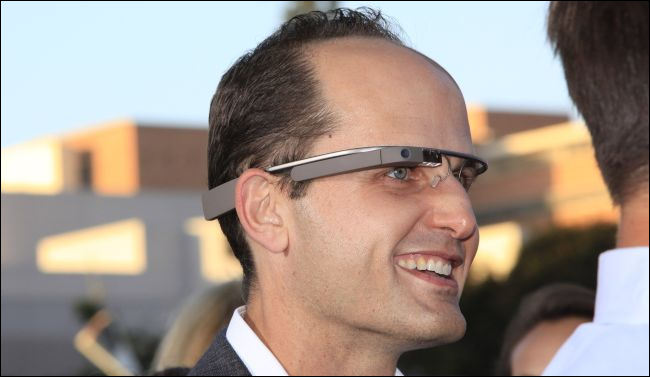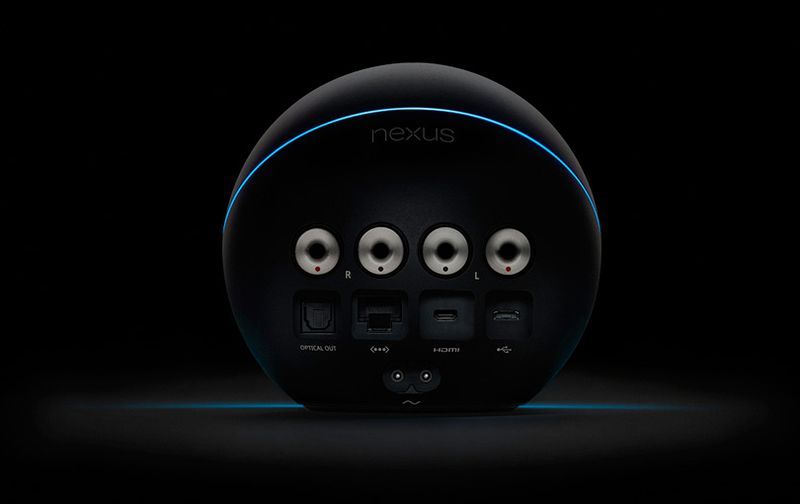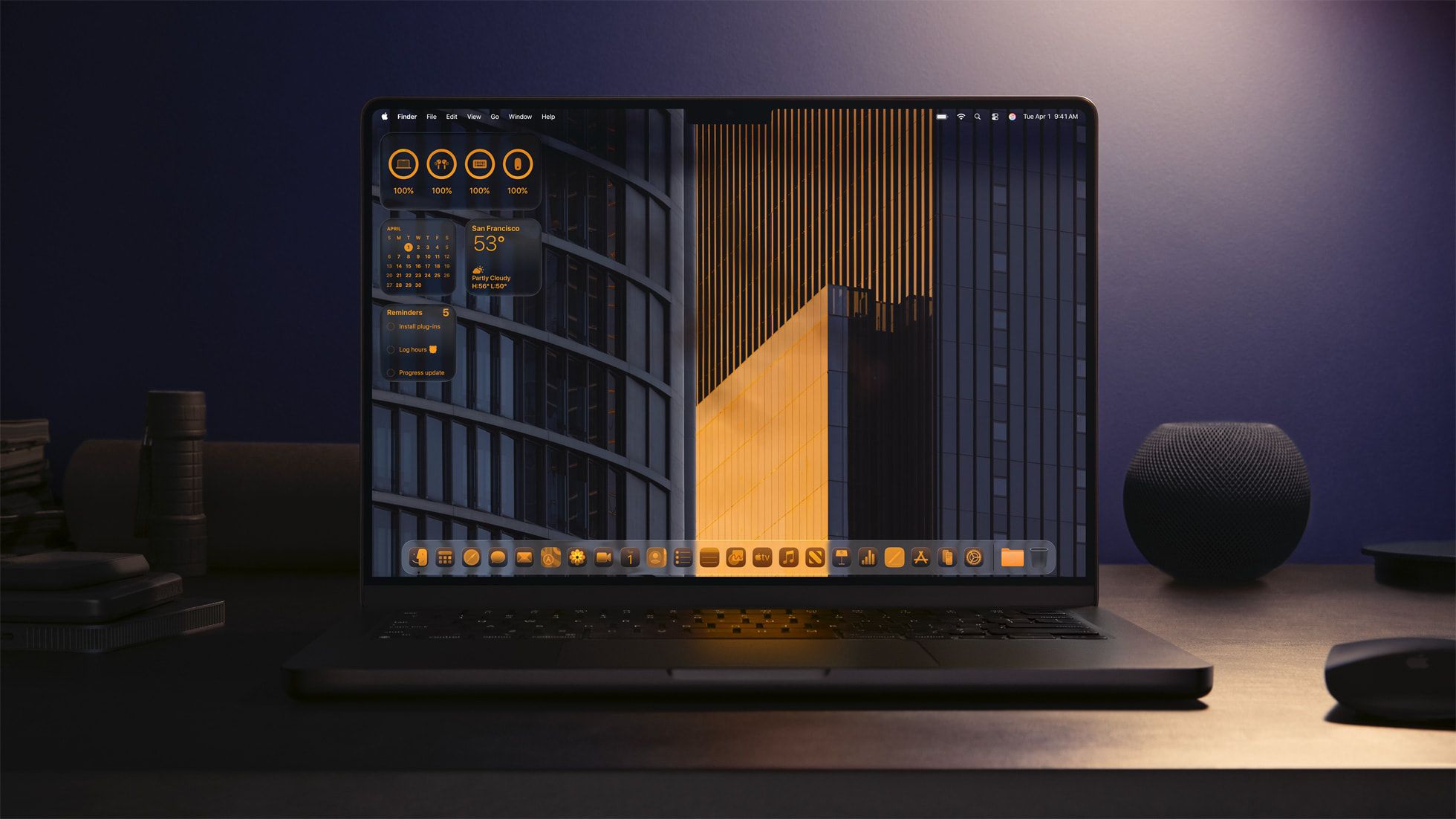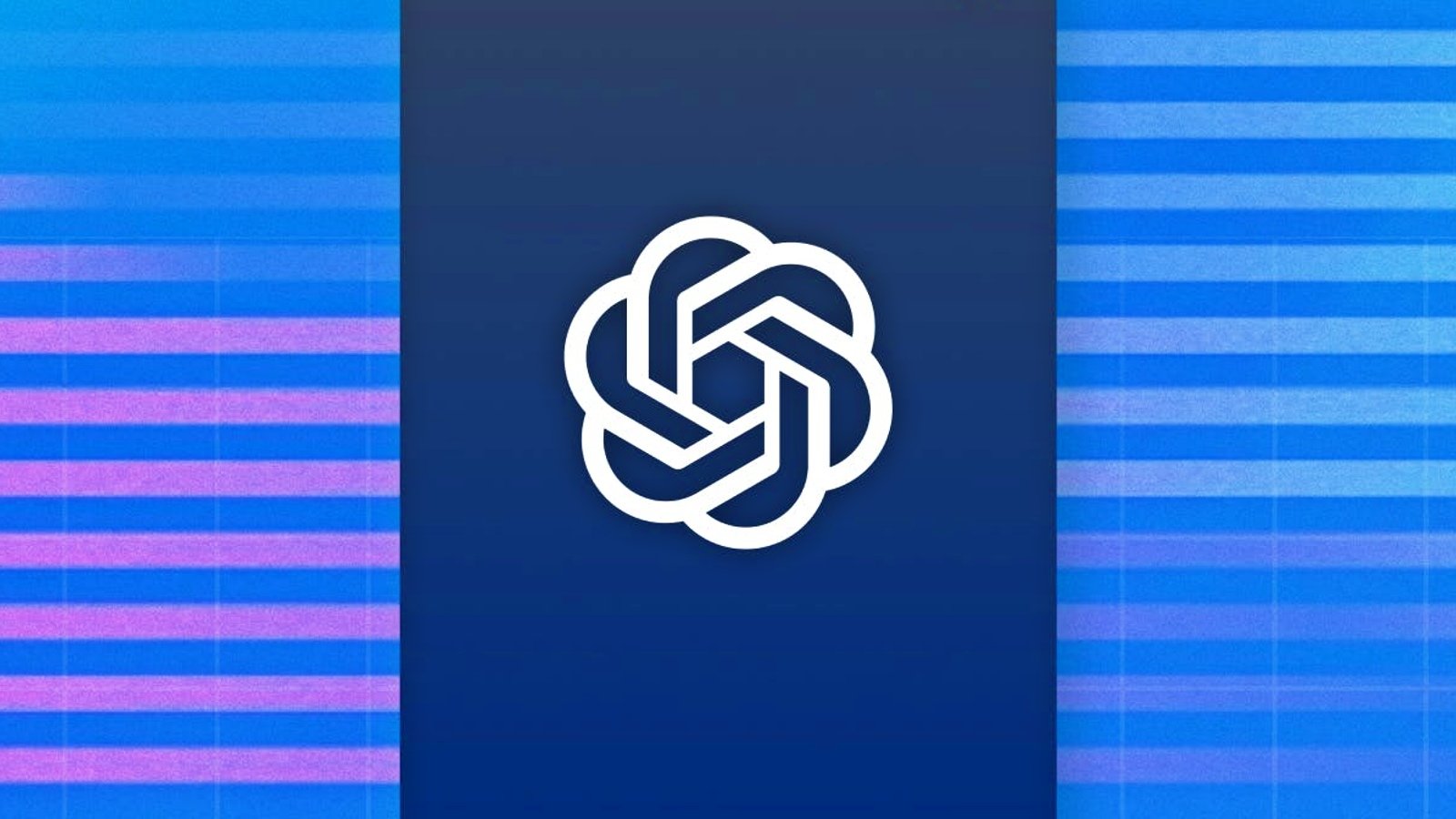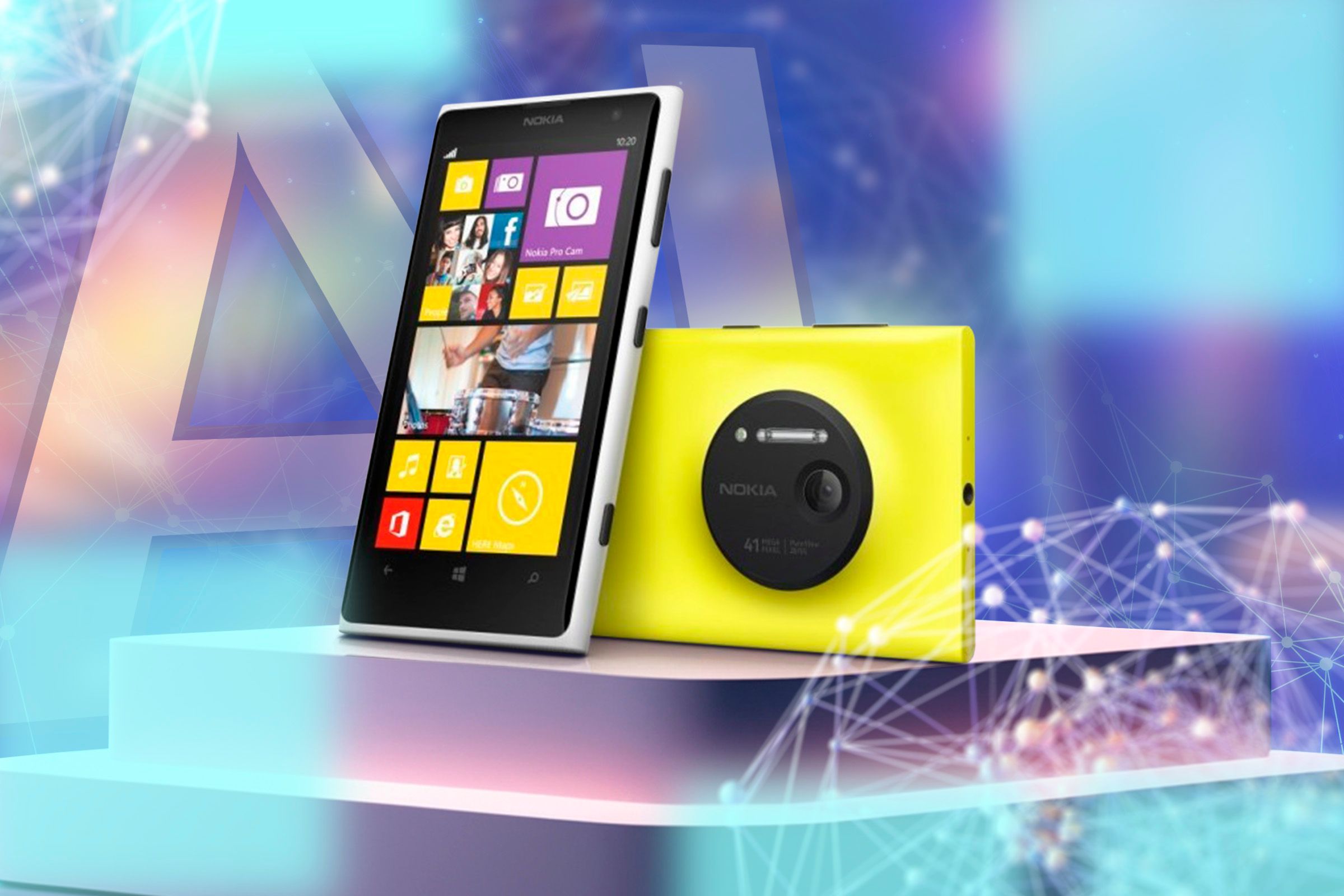
Over the years, we’ve seen some wild attempts by software companies to make hardware and vice versa. From robots that were just screens on wheels to phones no one asked for, here are 10 times tech companies tried and failed to be something they’re not.
1 The Spotify Car Thing
The Spotify Car Thing is a soon-to-be obsolete dashboard accessory that was supposed to bring the convenience of Spotify to older cars. The idea was that if you owned a car that didn’t have Apple CarPlay or Android Auto, the Car Thing would step up to fill the gap. It would connect to your phone, which in turn connected to your car and would serve as a remote for controlling your music without picking up your phone.
Unfortunately, Car Thing wasn’t the success Spotify hoped for, and after a series of price slashes, Spotify discontinued it.
It didn’t end there though. Spotify also announced that it would be bricking all Car Things it had sold, leaving the few people who had purchased them with no choice but to dispose of them and find new ways to upgrade their old car’s audio.
Tech-savvy Car Thing owners couldn’t even repurpose the Car Thing because its extremely low specs made it basically unusable for anything else.
2 Amazon Astro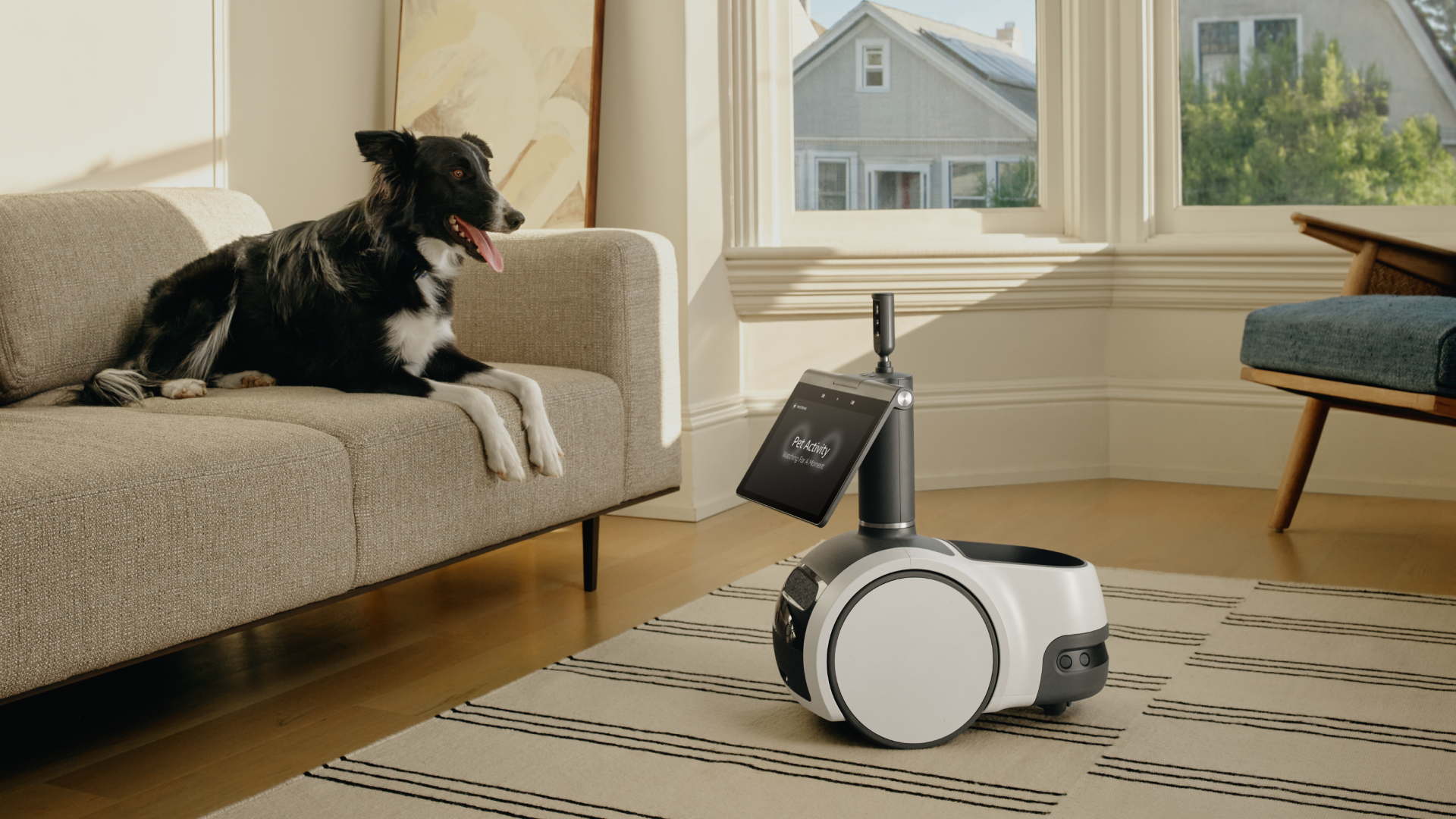
Amazon has had successful hardware products like Kindle and Fire TV sticks, but one area where it hasn’t shown much promise is robotics.
In 2021, it unveiled Astro, a household robot that was supposed to be part pet, part security guard, and part assistant. Unfortunately, the Wall-E-esque robot fell short in too many areas to catch on.
The few people who managed to get their hands on the robot reported that it was little more than an Echo Show on wheels and suffered a split personality, jarringly switching between Astro and Alexa.
Amazon also tried a business version of Astro but was forced to pull the plug less than a year after its launch due to low interest.
Sure, Astro is a “Day 1 Edition” product, meaning it’s technically still in development, but considering that it’s been “invite-only” for years now, and its business counterpart is already bricked, it’s hard to have much faith that this little robot will ever go mainstream.
3 Google Glass
Few companies have a track record of flops quite like Google. The Google graveyard is packed with failed software, but their hardware flops deserve some attention too. Case in point: Google Glass.
There were a lot of reasons Glass didn’t take off. For starters, the $1,500 price tag put it out of the reach of most people, on top of which, no one really knew what the glasses were supposed to do. The hardware was there, but beyond its novelty, there were no real-life applications.
To make matters worse, the glasses looked pretty dorky, and people were rightfully concerned about the privacy implications of a camera strapped to someone’s face.
After Glass bombed as a consumer product, Google tried to pivot by turning Glass into an enterprise tool, but that too fizzled out, and Google was forced to announce that they were ending support for Glass altogether.
4 Google Nexus Q
Another Google product that deserves a spot on this list is the Nexus Q—arguably Google’s biggest hardware flop ever. The Nexus Q was Google’s first attempt at a streaming device, designed to make “social streaming” a thing.
Surprisingly, it wasn’t the hardware that doomed the Nexus Q. Its problem was that it didn’t do enough to justify its steep price, and the little it did do was hamstrung by Google’s attempts to keep consumers within its walled garden as it only worked with Google services like Play Music, Play Movies & TV, and YouTube.
The criticism started rolling in before the product even launched, and Google decided to delay its release to make improvements. But those improvements never came, and the Nexus Q was quietly sunset without ever hitting store shelves.
5 The Facebook Phone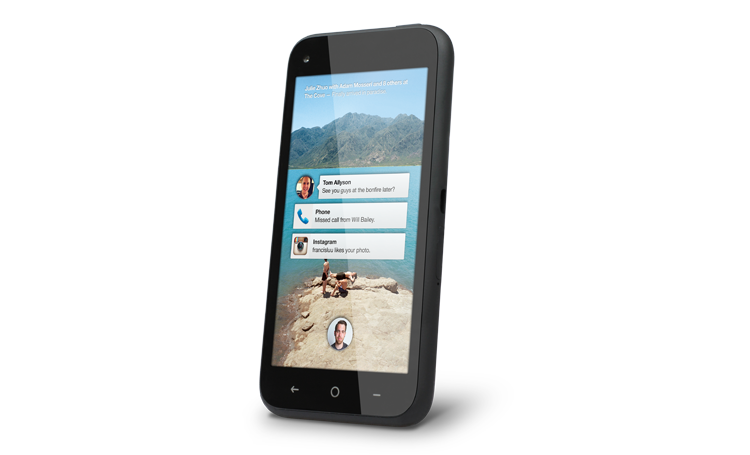
At the time the Facebook phone was first conceived, Facebook was dominating social media, and the company wanted to ride that wave into the smartphone market. So, they teamed up with HTC to create a phone that revolved around Facebook.
The big selling point? Facebook Home—a custom Android skin that was supposed to make staying connected with friends seamless. Unfortunately, it turned out that no one wanted their entire phone experience to revolve around a single app. Plus, people quickly realized they could just install the Facebook Home launcher on any Android device, thus killing the phone’s only selling point.
Add to all this the fact that users were understandably skeptical about the privacy concerns of having a phone built entirely around Facebook, and the Facebook Phone was doomed. Within a month, the price was slashed by 99%, and the phone was quietly pulled from the market.
6 Adobe Ink and slide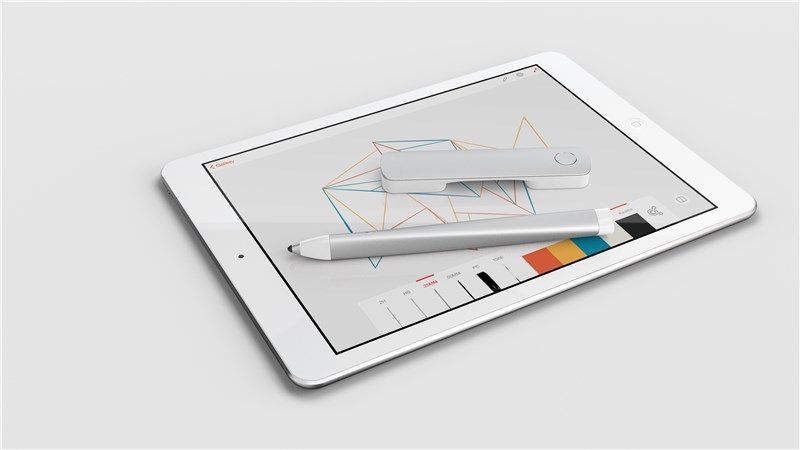
You probably know Adobe for apps like Photoshop and Illustrator, but did you know they tried to dip their toes into the hardware game? Back in 2013, Adobe announced the Ink and Slide—a stylus and ruler that was supposed to be the next big thing. Spoiler alert: it wasn’t.
Right from the start, Ink and Slide faced huge challenges. First off, it was designed to work with the iPad, but almost immediately after its launch, Apple introduced the Apple Pencil, which made the Ink and Slide feel irrelevant.
Then there was the price. At $199, it was a tough sell. And to top it all off, Adobe’s own app support for the iPad was pretty weak at the time, and the Ink and Slide didn’t work with third-party apps. It was dead in the water before it even had a chance to take off.
7 Fire Phone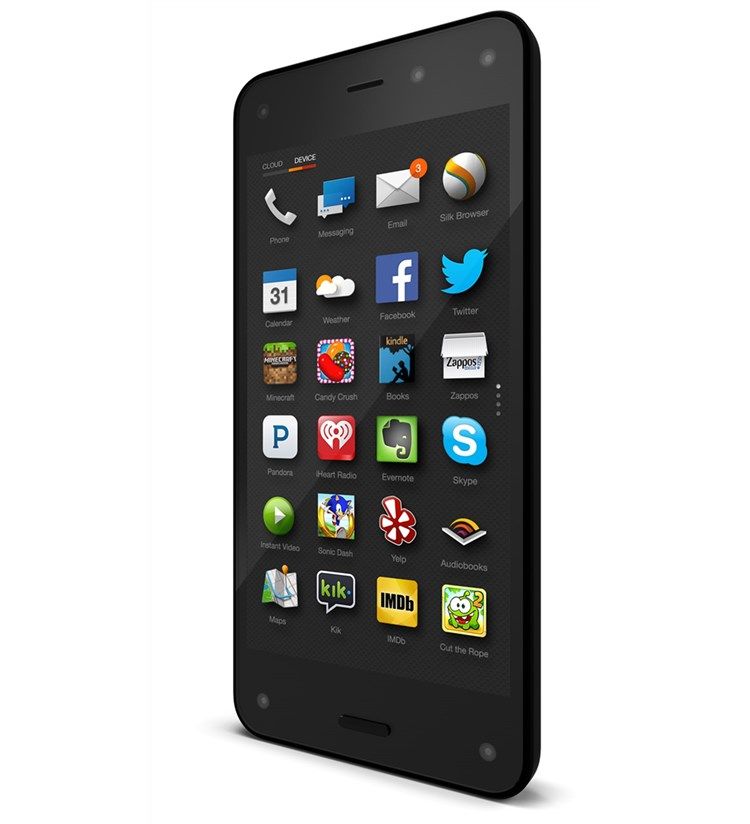
Back in 2014, Amazon tried to break into the smartphone market with the Fire Phone, which was designed to compete with giants like Apple and Samsung. However, that dream never became reality.
There were plenty of reasons the Fire Phone didn’t work out, but a few big ones stand out. The first was that Amazon tried and failed to create its own walled garden. The Fire Phone ran a heavily customized version of Android with its own app store, so, it didn’t have any of Google’s key apps. Not having Gmail, YouTube, or Google Maps was a tough sell at a time when these services were already practically ubiquitous.
Then there were the features that were supposed to make the Fire Phone special, like its 3D graphics and Firefly—a tool that could scan and identify objects. However, the 3D effect was more of a gimmick than a game-changer, and Firefly felt like a sneaky way for Amazon to get you to buy more products. In the end, the Fire Phone just didn’t offer enough to win over users.
8 Steam Machine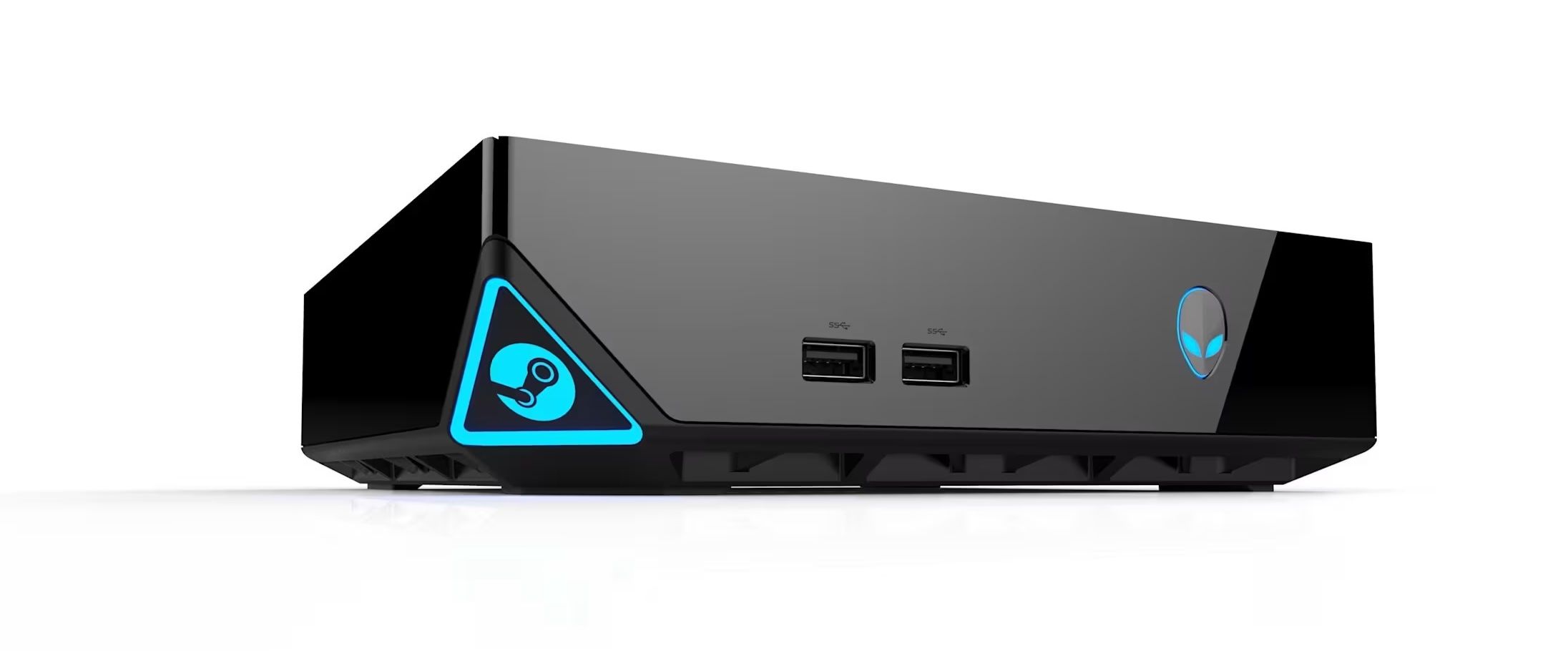
Valve is well known for the Steam marketplace, and Steam Deck. But what you may not know is that Valve had an earlier, less successful attempt at gaming hardware called the Steam Machine.
The Steam Machine was a great idea in theory. It was modeled after PC gaming, and designed to be modular. So, you could either build your steam machine by picking out individual parts, or you could buy a pre-built version.
However, the Steam Machine had one big problem. It ran on Linux, while most PC games were designed for Windows. Valve was trying to push Linux gaming to break away from Microsoft’s grip, but they ended up alienating a lot of gamers, and by 2018, Valve had to pull the plug on the Steam Machine. Though arguably the Steam Deck was the phoenix that rose from the Steam Machine’s ashes, with Linux gaming stronger than ever.
9 Windows Phone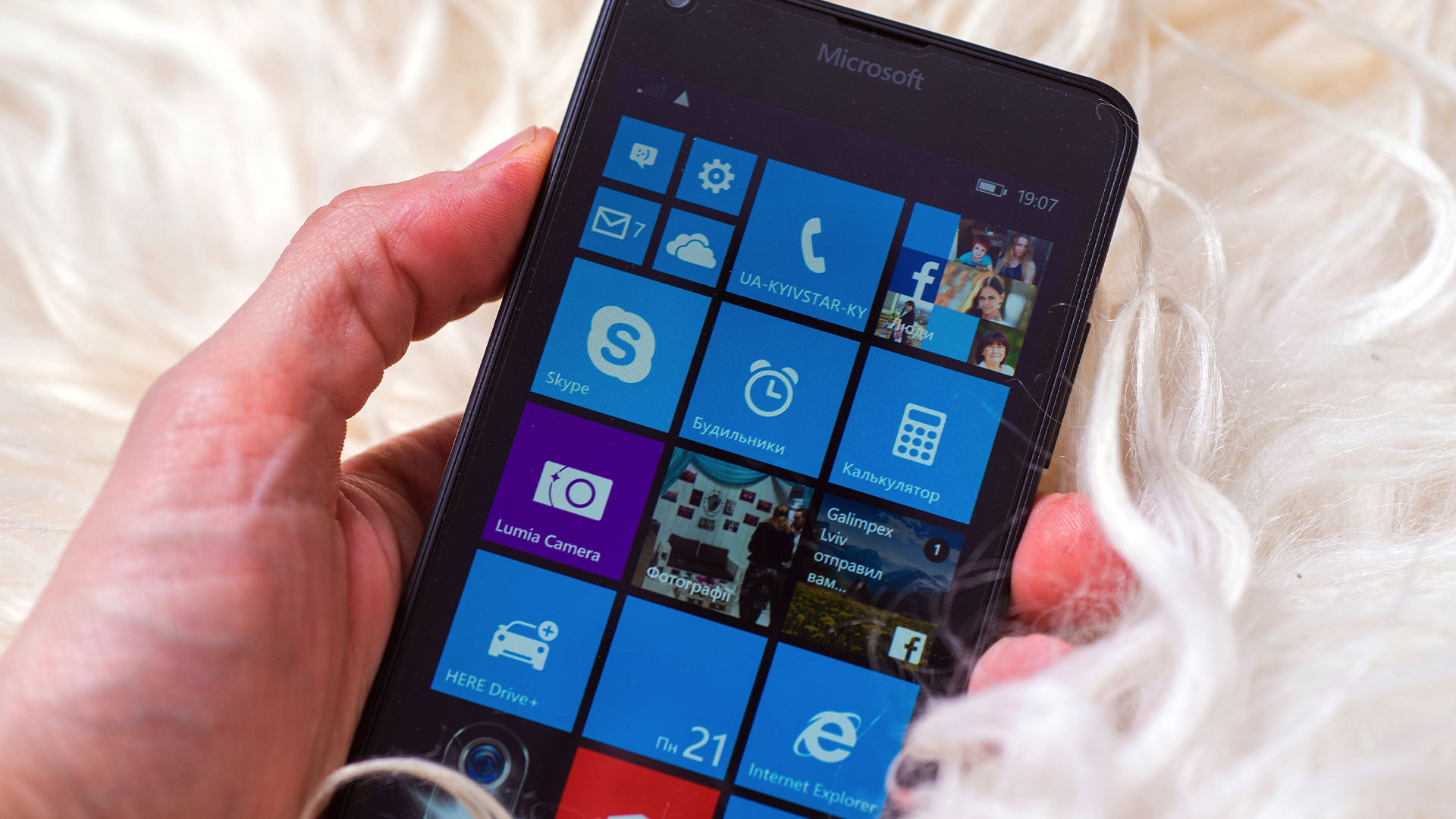
The Windows Phone was Microsoft’s attempt at creating a smartphone, and it didn’t go well at all. While the phone itself was well-built, it suffered setbacks that never allowed it to take off.
One major issue was its lack of third-party developer support, which meant it was missing key apps like Instagram and Snapchat. Plus, it couldn’t access Google services, which was a huge drawback.
To make matters worse, the Windows Phone was tied closely to Windows 8—a version of the OS that didn’t exactly win fans over. All these factors combined made the Windows Phone a hard sell.
10 Snapchat Spectacles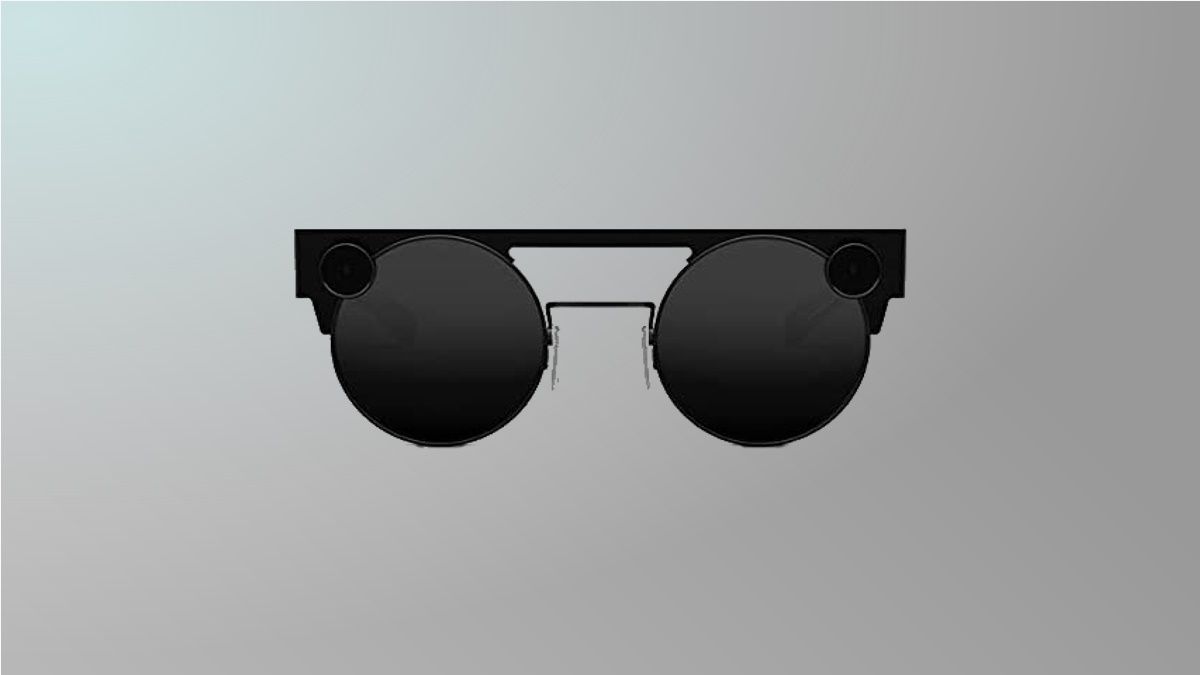
The first-gen Snapchat Spectacles were supposed to offer a fresh way to interact with Snapchat. They had a built-in camera, and let you record short videos that you could share directly on the app. But, despite the hype, they didn’t catch on.
One major issue was the bizarre launch strategy. For a long time after its launch, you could only get the Spectacles from special ‘SnapBot’ vending machines, which didn’t exactly make them easy to find. Also, they fell short of what people expected of smart glasses since they could only record 30-second videos and didn’t play nice with other apps.
The result of all this was thousands of Spectacles sitting unwanted in warehouses, and massive losses for Snapchat. Though that hasn’t stopped them from trying again!
Source link


